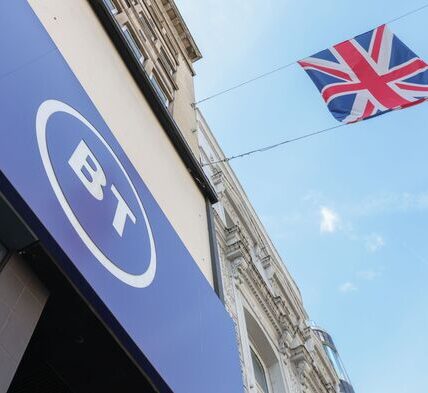Not all older people benefit from headline state pension increases, an expert has said.
Nearly seven million pensioners “falling below the radar” will not benefit from the full state pension increase next April, a new analysis shows.
The triple lock pledge guarantees the state pension increases annually by the highest of wage growth, inflation or 2.5%. The latest data places wage growth at 5%, exceeding both inflation, measured at 3.8% in July, and the 2.5% floor. This could mean the new full state pension may rise by 5% in April 2026, representing a £599 increase to £12,572 a year, the Telegraph reports. Around 8.9 million retirees on the older, basic state pension will also see the value of the core element increase under the triple lock, taking their annual entitlement to an estimated £9,634.

Not all older people benefit from headline state pension increases (Image: Getty)
However, around 6.9 million people in this group receive extra income from the additional earnings-related pension (SERPS). Unlike the core entitlement, Serps rises only in line with inflation.
With inflation currently below wage growth, the uplift in Serps will be smaller, which could leave older pensioners with a lower overall increase than those on the newer system.
Becky O’Connor, of PensionsBee, told the Telegraph: “It’s tempting to fall into the trap of thinking all older people are going to benefit disproportionately from state pension increases compared to working people.
“But the state pension system is complicated, and in fact, millions of older people do not get the increases, and this falls below the radar. There is a hidden layer of pension poverty, and the majority of pensioners who rely on the basic state pension are susceptible to it. Headline increases to the new state pension hide the reality for millions.”
Since 2011, the basic state pension has benefited from the triple lock formula, while Serps and other legacy top-ups remain linked only to inflation. This split approach means annual increases can diverge substantially.
The future of the triple lock has been called into question in recent months, following concerning figures published by the Office for Budget Responsibility (OBR) estimating the significant cost of the policy in the years to come.
According to the report, the annual cost of maintaining the triple lock could reach £15.5billion by 2030, three times higher than the OBR’s original estimate.
Economists have supported the idea that the triple lock policy should be replaced with a new measure, arguing that the policy’s current trajectory is unsustainable.
Economist Ben Ramanauskas wrote on X: “Triple Lock needs to be replaced with a single lock indexing the State Pension to average earnings growth. It will be far more sustainable and give pensioners more of a stake in productivity gains.”
However, the Government has said it was “committed” to retaining the current policy until the end of parliament. Responding to the report, a Treasury spokesperson said: “We are committed to supporting pensioners and giving them the dignity and security they deserve in retirement.”
The exact state pension rate increase due in April will not be confirmed until October, when wage and inflation data are finalised.
